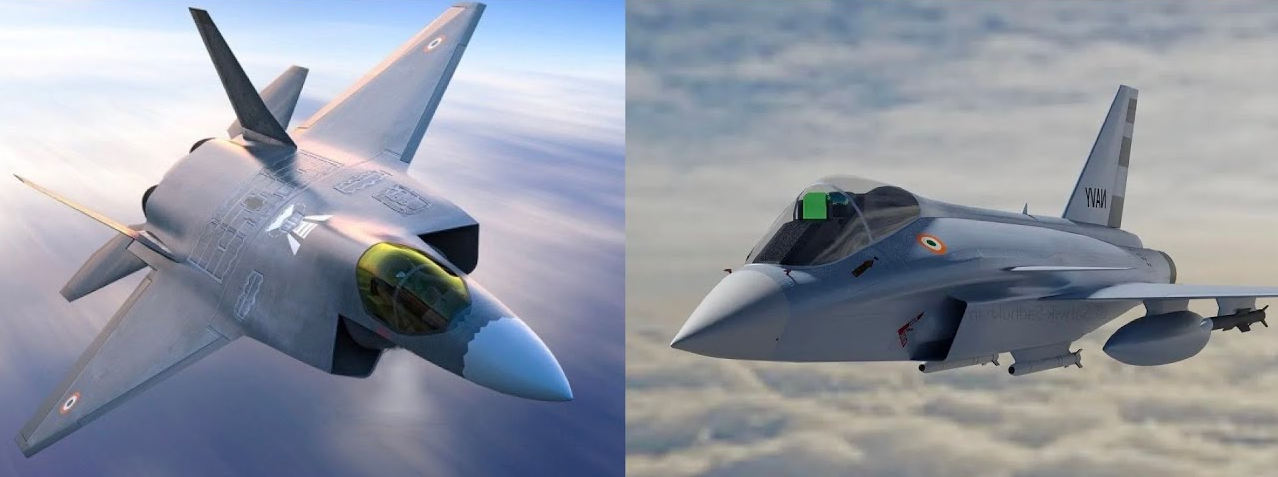SOURCE: RAUNAK KUNDE / NEWS BEAT / IDRW.ORG

The Indian Navy’s Twin Engine Deck Based Fighter (TEDBF) program is poised to achieve a groundbreaking level of commonality with the Indian Air Force’s (IAF) 5th generation Advanced Medium Combat Aircraft (AMCA) program. This strategic move emphasizes the nation’s commitment to efficient resource utilization and technological synergy.
The TEDBF program is set to adopt nearly 60 per cent of the components and systems that are being developed for the AMCA program. This high degree of commonality between the two programs will result in significant benefits, including reduced development costs, streamlined logistics, and enhanced maintenance efficiency.
In addition to components and systems, the TEDBF program will also incorporate approximately 70 per cent of Line-Replaceable Units (LRUs) from the AMCA program. This shared LRU approach ensures that critical parts and subsystems can be standardized between the two aircraft, simplifying procurement and maintenance processes.
The TEDBF program will leverage many of the advanced sensors and avionics developed for the AMCA. This includes the integration of the Uttam Aesa Fire Control Radar (FCR), which is being fine-tuned for maritime operations to meet the specific requirements of the Indian Navy. This approach not only ensures technological synergy but also accelerates the development and deployment of cutting-edge naval aviation capabilities.
To further enhance technological alignment and cross-utilization of resources, the TEDBF program will initiate flight trials at least two years after the commencement of the AMCA program’s flight trials. This strategic timing allows for the seamless integration of technology developed for the AMCA into the TEDBF, ensuring that both programs benefit from shared advancements.
The Indian Navy’s Twin Engine Deck Based Fighter is designed as a 26-ton Maximum Takeoff Weight (MTOW) aircraft. It will serve as the successor to the Russian-supplied Mig-29K, representing a significant leap in capabilities. The production variants of the TEDBF, slated to enter service from 2034-35 onwards, will be powered by the same engine currently under development for the AMCA MkII program, a collaborative effort between French company Safran and India’s Gas Turbine Research Establishment (GTRE).
NOTE : Article cannot be reproduced without written permission of idrw.org in any form even for YouTube Videos to avoid Copy right strikes. Websites doing illegal reproductions will get DCMA and Legal Notices.